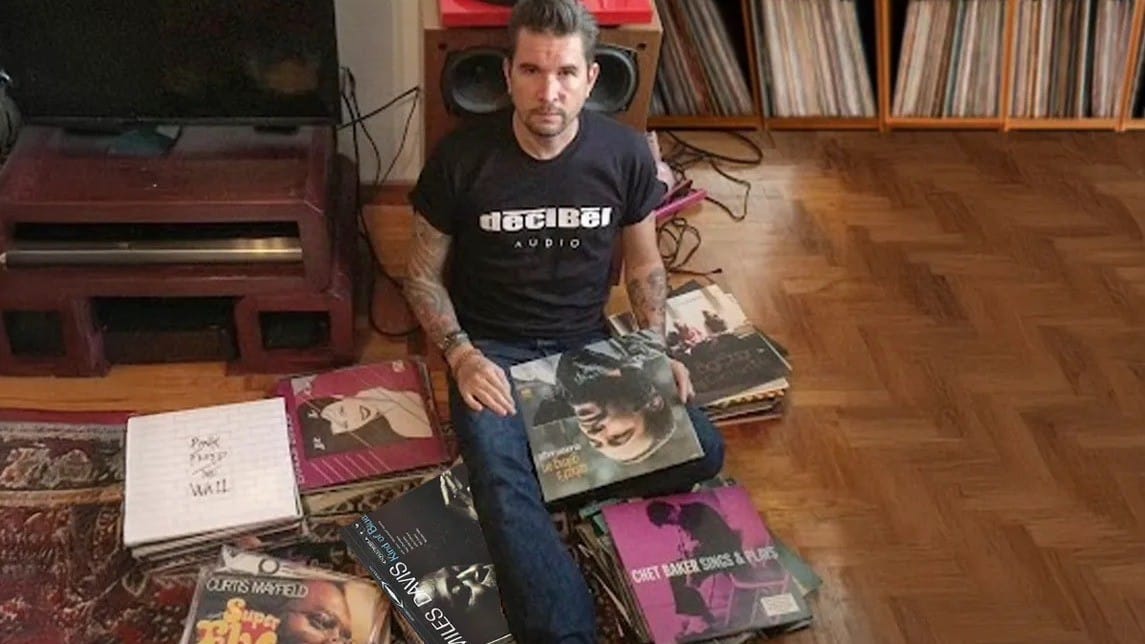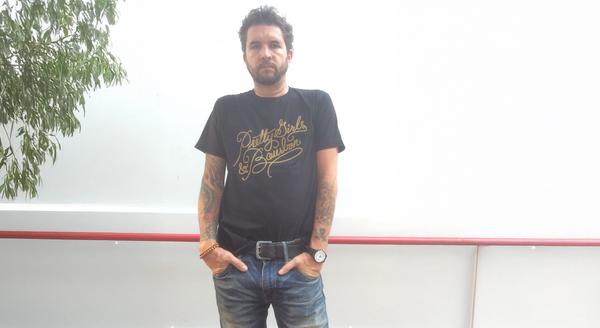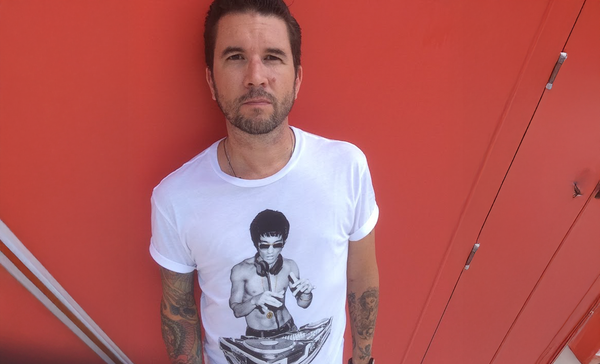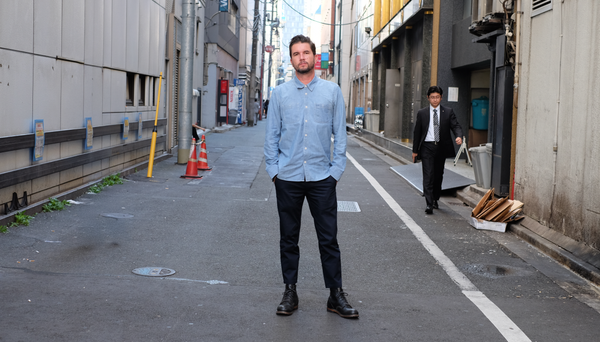Authentic Memories, Human Responses: A Lesson for Brands from Blade Runner 2049
And how I use Google's Flow to test and learn.

There’s a moment in Blade Runner 2049 that for years I have watched, but not within the context of things I have been thinking about and working on.
Kay, the replicant detective, visits a woman who designs artificial memories. She’s hunched over a glass dome, crafting the memory of a child’s birthday party, her fingers brushing through strands of light, weaving fragments of joy, nervous anticipation, and small human details into a perfect scene. Kay asks how she knows when a memory is “good.”
She doesn’t look up.
“It’s better than nice. It feels authentic, and if you have authentic memories, you have real human responses. Wouldn’t you agree?”
She continues.
“They all think it’s about more detail. But that’s not how memory works. We recall with our feelings. Anything real should be a mess.”
It’s a line about replicants. But it’s also a line about us. About brands. About advertising.
Memory - personal memory, collective memory, brand memory - is the emotional scaffolding that drives our responses. It’s why the smell of sunscreen can throw you back twenty years in an instant. It’s why a single guitar riff can make you feel sixteen again.
And it’s why, in an age where AI can produce infinite variations of “content,” the work that actually sticks will be the work that activates memory and emotion.
I work with brands and agencies to think differently about how creativity happens in the age of AI, designing ideas that connect with human memory, and using AI to test which of those truly resonate. The result? Creative work that’s sharper and grounded in real emotion.
The risk of becoming forgettable
AI has given us speed and scale like never before. Campaigns that once took months can now be ideated, visualized, and iterated in days or even hours.
But speed without depth is a trap. Left to itself, AI generates work that is competent but hollow: familiar tropes, frictionless polish, and emotions that feel “about right” but never truly land. If we don’t intervene, advertising risks becoming a blur of the forgettable.
This is why designing for memory isn’t just a craft choice anymore. It’s a survival strategy. Brands that learn to capture authentic memory moments, the kind that trigger real human responses, will thrive in an AI-saturated world.
The three layers of memory to design for.
To make memory actionable, think about it in three layers:
- Autobiographical Memory (Personal) The lived experiences we carry: first loves, moving cities, loss and renewal, the little rituals of daily life. Advertising that taps these moments triggers empathy and self-recognition.
- Collective Memory (Cultural & Social) Shared cultural touchstones: songs, festivals, generational aesthetics, public moments. These create instant belonging and resonance, even for audiences who don’t share the same personal history.
- Brand Memory (Distinctive Codes) Logos, sounds, rituals, colors, packaging - anything that’s uniquely yours. Done right, these codes connect brand to life, bridging personal and collective memory.
The most powerful campaigns seamlessly integrate across these three layers. A John Lewis Christmas ad in the UK, for example, taps into childhood wonder (autobiographical), the shared holiday season (collective), and its soft music and reveal style (brand memory).
Transitions and rituals: the twin engines of memory
Two dynamics make memories stick:
1. Transitions.
Psychologists have long observed that memories form most powerfully in moments of change, the first night alone in a new apartment, the Sunday before starting a new job, the silence after someone leaves. These transitional spaces are fertile ground for emotional imprinting.
Good advertising steps into those liminal spaces, not by shouting, but by whispering: We see you here. We understand this moment.
2. Rituals.
The second engine of memory is ritual, the small, repeated actions that carry meaning far beyond the action itself. These moments signal identity, transition, or belonging, and they often serve as the glue between memory and emotion:
- Lacing up running shoes at dawn before the first step hits the pavement, a private shift from ordinary person to athlete.
- Reading the same bedtime story for the 50th time, even as the child begins to mouth the words with you.
- The way your fingers hover before pressing “Start” on the Nespresso, every morning, anticipating that aroma.
- Opening all the windows at the first hint of spring, letting the air cleanse winter out of the house.
Brands that design rituals into their experiences and then showcase them in their storytelling become part of memory by repetition and sensory imprint.
How to make memory-forward advertising practical
Here’s a simple way to operationalize this idea inside an AI-powered workflow:
- Conduct a Memory Audit: Map the triggers: autobiographical (life transitions), collective (cultural touchstones), and brand-specific (codes you already own).
- Build a Memory Bank: Turn those triggers into a living library of vignettes, textures, and sensory cues. Tag them by life stage, culture, emotion, and transition type (start, stop, loss, gain, identity shift).
- Mine Experience: Workshop these with other creatives, strategists, and even consumers. Capture the tiny truths, the sound of late-night phone calls, the smell of wet sneakers, the silence after a slammed door, that AI would not understand, because they are sensory, and lived.
- Design for Peak–End: Every piece should declare its peak emotional moment and its aftertaste. What will viewers feel in the middle? What will they carry with them after it ends?
- Code the Senses: Choose one sonic cue and one tactile or visual code to repeat relentlessly. These become the Pavlovian anchors for brand memory in an age of fragmented attention.
How AI fits: from volume machine to memory amplifier
Used without intention, AI will generate work that is frictionless but forgettable. But used correctly, AI can become a memory amplifier:
- Use your own memories as proxies so real human truths constrain the generation.
- Use a “memory framework” for prompts:
Transition → Sensory Trigger → Ritual → Brand Code → AfterglowHere is an example pre-viz test using Google's Flow:
The Idea: “A university freshman’s first Sunday evening alone in a new dorm room. She opens a package from home, discovering a variety of her favorite instant noodles, and a note from Dad. She turns on an expensive SMEG kettle, another gift from Dad. End on a quiet smile as a kettle begins to whistle.” Even though Dad isn’t here, we have inserted him into the memories of this daughter, that time-tested tradition of instant noodles at college. And his choice of an electric kettle signifies his love for his daughter."
The Pre-viz:
This isn’t just a moment. It’s emotional accuracy embedded with sonic cues and future memories.
You can test your ideas using tools like Google’s Flow, or Runway, modifying the story structure until you get the right feeling or tone. As I have written about before, I love to pre-viz ideas before discussing them with my clients.
The call to action: design future memories
As AI accelerates, creatives face a choice:
- Chase volume and speed, hoping something lands.
- Or deliberately design for memory, knowing that authentic memories create real human responses.
Ask your team:
- What memory are we reactivating here?
- What future memory are we helping someone form?
- When they look back on this moment, will our brand be part of the story?
Because the brands that will thrive in the AI age aren’t the ones that flood the feed.
They’re the ones that help audiences remember.
And be remembered.
Back in that glass dome in Blade Runner 2049...
Ana wasn’t just making memories for replicants. She was shaping how they would feel, respond, and navigate the world.
Isn’t that what we’re trying to do every day in advertising?
To create work that feels authentic enough to lodge in someone’s life?
Because in the end, if you have authentic memories, you have real human responses.

About RockPaperScissors
RockPaperScissors is a strategy and creative consultancy that helps brands and agencies solve complex problems and unlocks sharper thinking. We specialize in shaping better briefs, embedding AI into workflows, and connecting brands to the fastest‑growing audience segment: people in transition.
Through the lens of the Epilogue Economy, we also help you reach overlooked markets, especially older consumers and those navigating life and career shifts, because transitions are when people are most open to change.
Learn more at RockPaperScissors.
Field Notes on The Epilogue Economy™ is a reader-supported publication. To receive new posts and support my work, consider becoming a free or paid subscriber.



